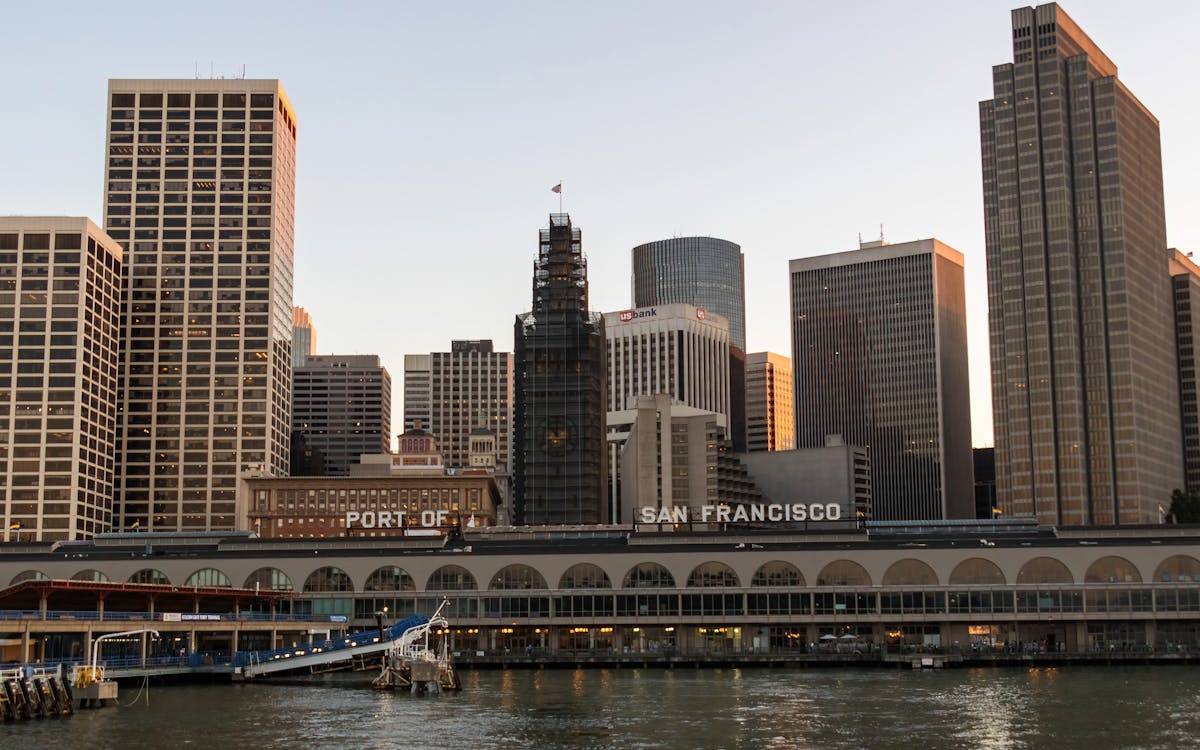
Why Restoration Matters More Than Ever in the Bay Area
Over the last couple of years, the San Francisco Bay has actually weathered the impact of urban expansion, commercial growth, and environment modification. When teeming with wild animals and lavish wetlands, a number of the bay's natural communities have been fragmented or degraded. Yet in the middle of these obstacles, something exceptional is happening: neighborhood homeowners, volunteers, and grassroots efforts are leading a wave of environmental reconstruction that's bringing new life back to the Bay.
Restoration isn't nearly planting trees or cleaning up trash, though those initiatives are necessary. It's regarding rebuilding the foundations of life, from marsh grasses that sustain fish nurseries to coastline buffers that defend against flooding. And in this region, the power of neighborhood participation is turning the trend very reasonably.
From Marshland to Miracle: The Return of Native Habitats
One of the most noticeable changes occurring in the Bay Area is the re-emergence of indigenous habitats. Wetlands that were as soon as drained pipes or paved over are being rehydrated and replanted. Lawns and shrubs native to the area are being grown by community groups, who often count on neighborhood volunteers to help grow plants and take care of regulated planting events.
These native plants do more than add plant to the landscape. They supply haven to migratory birds, pollinators, and small mammals, producing pockets of biodiversity amidst active city areas. As these environments increase, so does the ecological health of the Bay itself. When local citizens take time out of their weekends to get their hands in the soil, they're not just planting-- they're joining the restoration of a living, breathing community.
The Role of Education in Fostering Environmental Stewards
Education plays a vital component in why these community-led efforts are functioning so well. Schools, neighborhood centers, and not-for-profit teams are organizing hands-on knowing experiences where participants of all ages can recognize the scientific research and relevance of repair. These programs commonly bring people face to face with issues like disintegration, contamination, and sea level surge-- topics that can feel abstract till they're seen up close.
When somebody sees the delicate equilibrium of an estuary or finds out exactly how a single plant varieties can filter toxic substances from the water, the value of that expertise becomes individual. And keeping that understanding comes the motivation to act. Bring back communities comes to be less of a job and more of a goal. This deep connection to neighborhood spaces is what establishes the Bay Area apart and gas the long-lasting success of these initiatives.
Utilizing the Digital World to Drive Real-World Change
Surprisingly, the press to heal the Bay's environments isn't happening in isolation from the digital globe. Modern technology is coming to be a powerful device in rallying support, spreading out recognition, and connecting neighborhoods. Whether via citizen science applications that track indigenous varieties or neighborhood online forums arranging restoration occasions, the online space is matching boots-on-the-ground activity.
Over the last few years, also local outreach techniques have progressed. As an example, a social media marketing agency in the Bay Area may support environmental projects by aiding volunteers intensify their influence, tell their stories, and motivate others to obtain included. These digital touchpoints have the power to transform a tiny weekend cleanup right into a regional movement simply by allowing people know it's taking place-- and that it matters.
Email Campaigns That Inspire and Inform Local Change-Makers
Another electronic method making a tangible distinction is email interaction. Updates regarding remediation occasions, seasonal planting initiatives, and contribution drives are usually shared with carefully crafted e-newsletters that strike a balance in between being useful and try this out motivating. It's not uncommon for a well-timed project from an email marketing agency in San Francisco to bring a thrill of volunteers or donations to a job in need.
These e-mail projects aren't just transactional-- they're transformative. By informing customers concerning the direct effect their participation has, they support long-lasting involvement. Readers concern feel like stakeholders in the wellness of their area, which psychological link translates to lasting commitment.
The Unseen Work of Connecting Data, Communities, and Nature
Behind every successful remediation job exists an intricate internet of control. There's study to understand what habitats require most, community feedback to form comprehensive strategies, and follow-up surveillance to make certain success. This sort of recurring initiative usually calls for not simply heart, yet data, technique, and communication.
That's where the support of a digital marketing company in the Bay Area can make a quiet yet critical difference. By helping companies develop solid digital platforms, collect insights, and improve their messaging, these groups allow community teams to scale their impact. The outcome is a more linked and efficient activity, where every action counts, and everyone feels like they're component of something bigger.
The Power of People in Preserving the Bay's Future
If there's something the Bay Area has verified, it's that restoration does not need to start with huge institutions or substantial budget plans. It can start with one next-door neighbor pulling weeds from a path, one pupil planting an indigenous seedling, or one family appearing to a coastline cleanup. These small activities build up, especially when they're supported by wise strategies and shared with the wider area.
There's something uniquely hopeful regarding seeing the tides transform-- both figuratively and essentially-- for nature. The Bay is much from fully restored, but it's being restored everyday via the perseverance and treatment of those that call this place home. With each marsh rebuilt and each indigenous species protected, we're not just restoring communities-- we're envisioning what's possible when neighborhoods lead with function.
Keep following this blog for more stories on neighborhood adjustment, area influence, and the ways you can be part of securing the natural beauty that borders us.
Comments on “Everyday Citizens, Extraordinary Change”